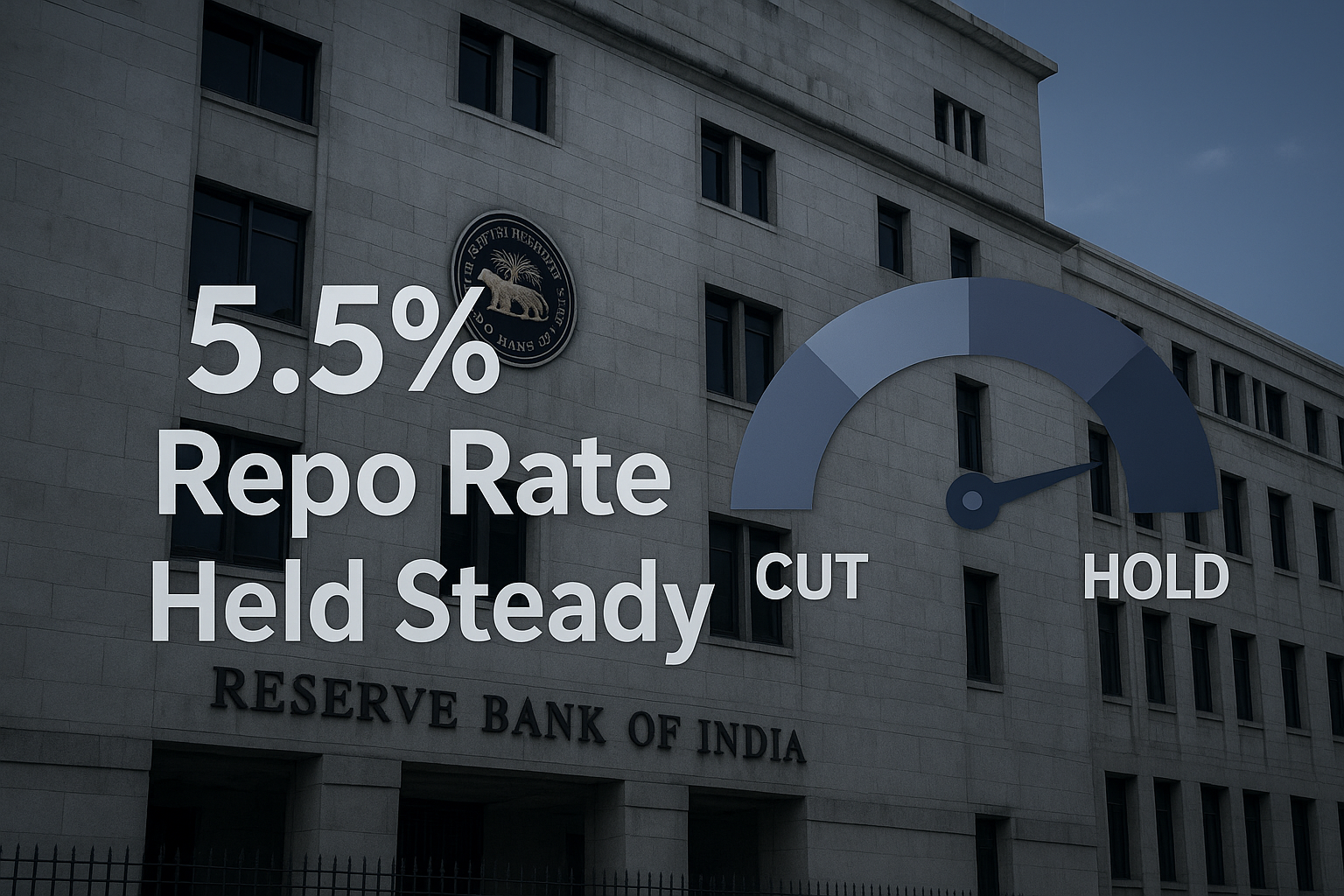India’s pension fund managers are urging the Pension Fund Regulatory and Development Authority (PFRDA) to relax bond investment guidelines for National Pension System (NPS) portfolios. They argue that easing restrictions on the maturity and credit-rating of corporate bond investments could enhance returns for the rapidly growing ₹14.4 trillion retirement corpus.
Background and Context
Under current rules, NPS pension funds may allocate only up to 10% of their corporate bond portfolio to bonds maturing within three years, and must invest in bonds rated by at least two credit agencies. These constraints limit flexibility and restrict fund managers from tapping into instruments—often from manufacturing firms—that bear single credit ratings.
With NPS assets more than tripling in the past five years, drawn by higher household savings, pension fund managers say they need more latitude to deploy capital efficiently and generate better risk-adjusted returns.
Expert Insights & Industry Perspective
Desire for short-term exposure
Allowing higher exposure to bonds maturing under three years improves liquidity and enables better yield targeting.Single-rating acceptance
Many mid-sized corporate bonds carry one rating to keep costs manageable. Permitting pension funds to invest in these expands their opportunity set.Push for flexibility
Pension managers suggest current rules are too prescriptive and hamper their ability to optimize portfolios for a growing pool of capital.
Broader Implications
1. Improved Return Potential
With limited options due to conservative caps, pension funds underperform their return targets. Loosening rules could help them access slightly higher-yielding short-term and single-rated bonds while maintaining quality.
2. Better Portfolio Management
Greater flexibility allows fund managers to dynamically manage maturity ladders and credit exposures—improving resilience across interest-rate cycles.
3. Market Efficiency & Bond Market Deepening
By tapping into bonds with single ratings and shorter maturities, pension funds can enhance depth in India’s bond markets. This would support corporate borrowers with diverse funding options.
Challenges & Risks
Credit-quality concerns
Relying on single-rated bonds could introduce downgrades or default risk, requiring enhanced due diligence.Interest rate risk
Shorter-dated bonds may need frequent reinvestment at lower yields if rates decline.Regulatory balance
PFRDA must ensure that fund managers do not compromise portfolio stability in pursuit of gains.
What Lies Ahead
| What Pension Funds Seek | Expected Outcome |
|---|---|
| Relax tenor cap beyond 10% | More balanced maturity mix |
| Approve single-rated corporate bonds | Broader investment universe |
| Introduce flexible allocation tools | Enhanced yield strategy capabilities |
The PFRDA is now reviewing these requests and could issue a revised circular to relax these caps—possibly by increasing the tenor limit or dropping the dual-rating mandate.
Conclusion
As NPS assets scale up, pension funds are seeking smarter regulation—not looser regulation—for bond investing. By easing maturity and rating constraints, they aim to improve risk-adjusted returns, deepen domestic corporate debt markets, and deliver stronger outcomes for retirees. The regulatory outcome will determine the future shape of India’s bond-investment landscape and its role in retirement planning.












